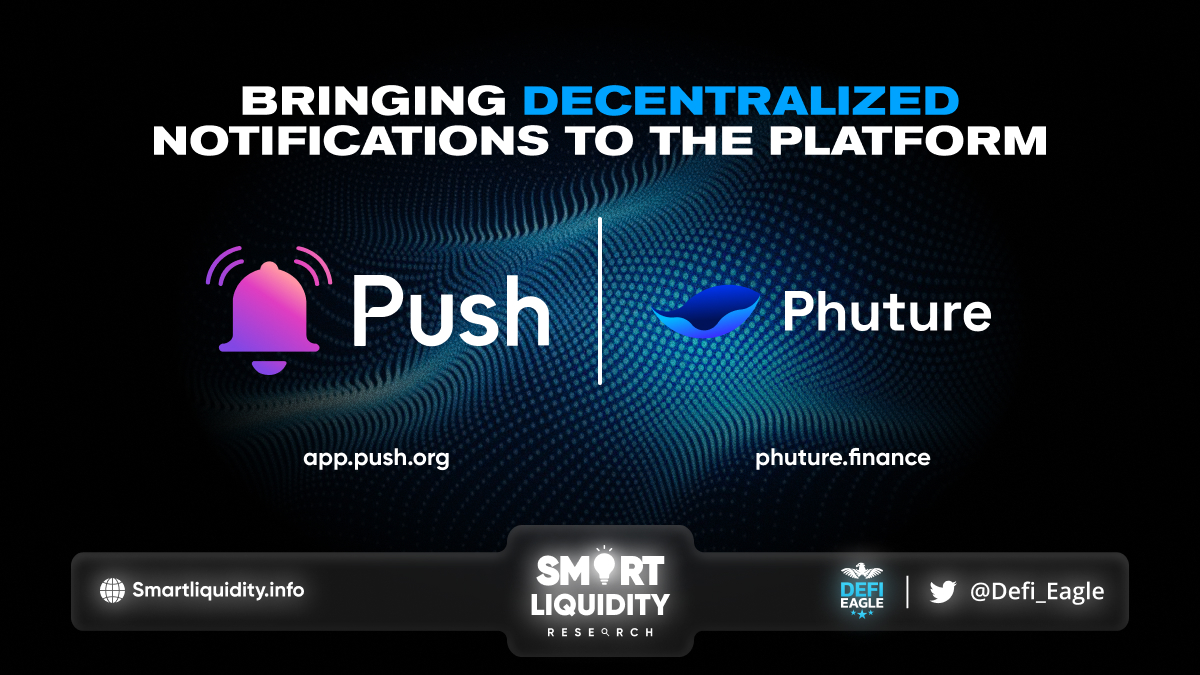How Phuture Integrates Push
As a crypto index platform, Phuture is designed to simplify investments through themed index funds. For instance, with its product Phuture DeFi Index (PDI), the platform brings together top DeFi assets (by market cap) on Ethereum. This allows users to capitalize on the overall growth of DeFi while minimizing the risks that come with each of these products individually. Along with PDI, the platform plans to build a whole host of other indexes that let users capitalize on various DeFi trends.
Push Protocol Integrates Phuture Finance
Now, on a platform like Phuture where users invest in a financial product, they regularly check for updates on their investment. But Phuture Finance through its partnership with Push aims to directly deliver these updates to users. This not only improves the user experience on the platform but also allows users to take the required action on time.
To receive these updates, users of Phuture can simply subscribe to its channel on the Push platform. By doing so, they receive notifications whenever:
- An index they’ve invested in has been rebalanced
- An index they’ve invested in does +x% in a week
In the near future, they expect to integrate more use cases, bringing updates on all events to the Phuture platform. The best part is that users can receive these notifications on any device of their choosing. And these decentralized push notifications allow users to stay on top of their investments at all times.
About Phuture Finance
Phuture (PHTR) is a decentralized crypto index platform that simplifies investments through automated, themed index funds on Ethereum. Accessible by anyone with an internet connection, Phuture is perfect for investors looking to upgrade their crypto investment strategy. Founded in 2019, Phuture has raised USD 3.75 million from VCs, crypto funds, and investors such as the CEO of Bitcoin.com.
About Push Protocol
Push is the communication protocol of web3. Push protocol enables cross-chain notifications and messaging for dapps, wallets, and services tied to wallet addresses in an open, gasless, and platform-agnostic fashion. The open communication layer allows any crypto wallet / frontend to tap into the network and get the communication across.
SOURCE:






